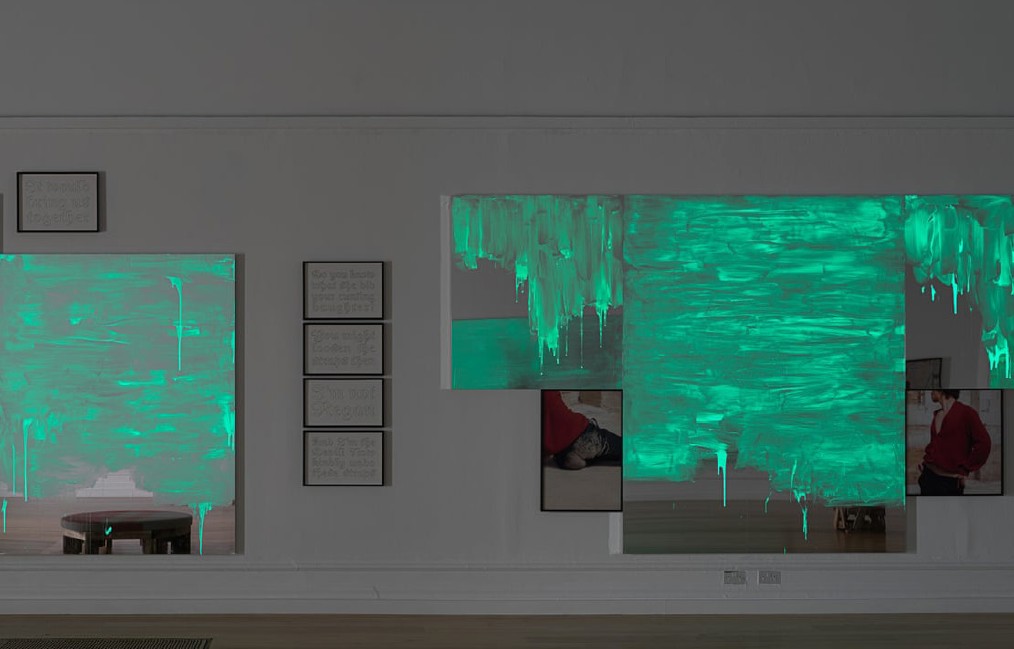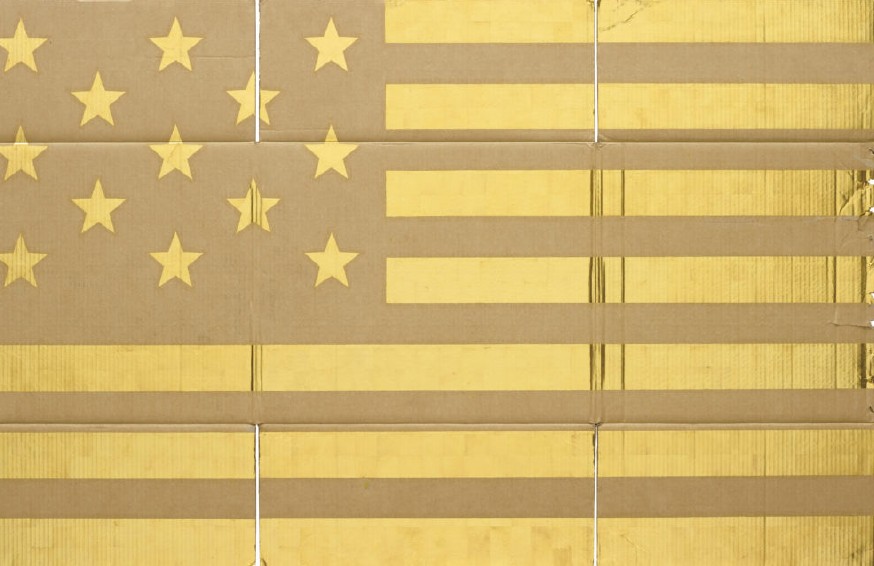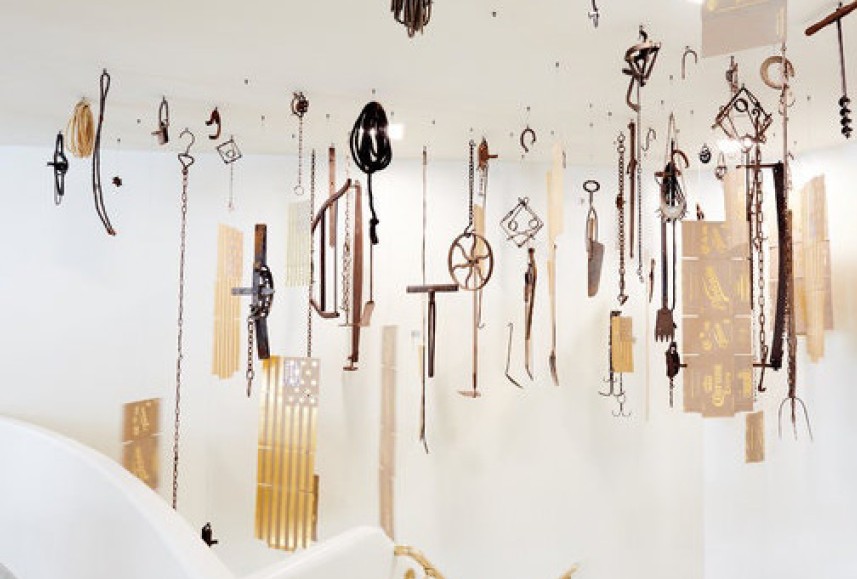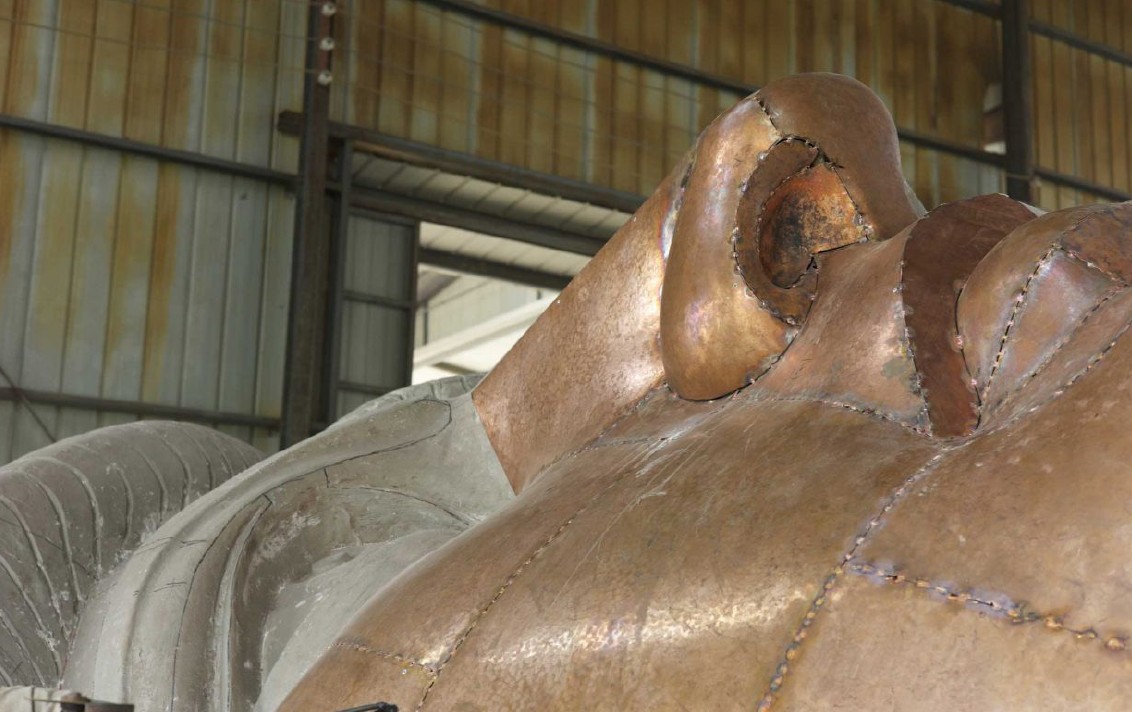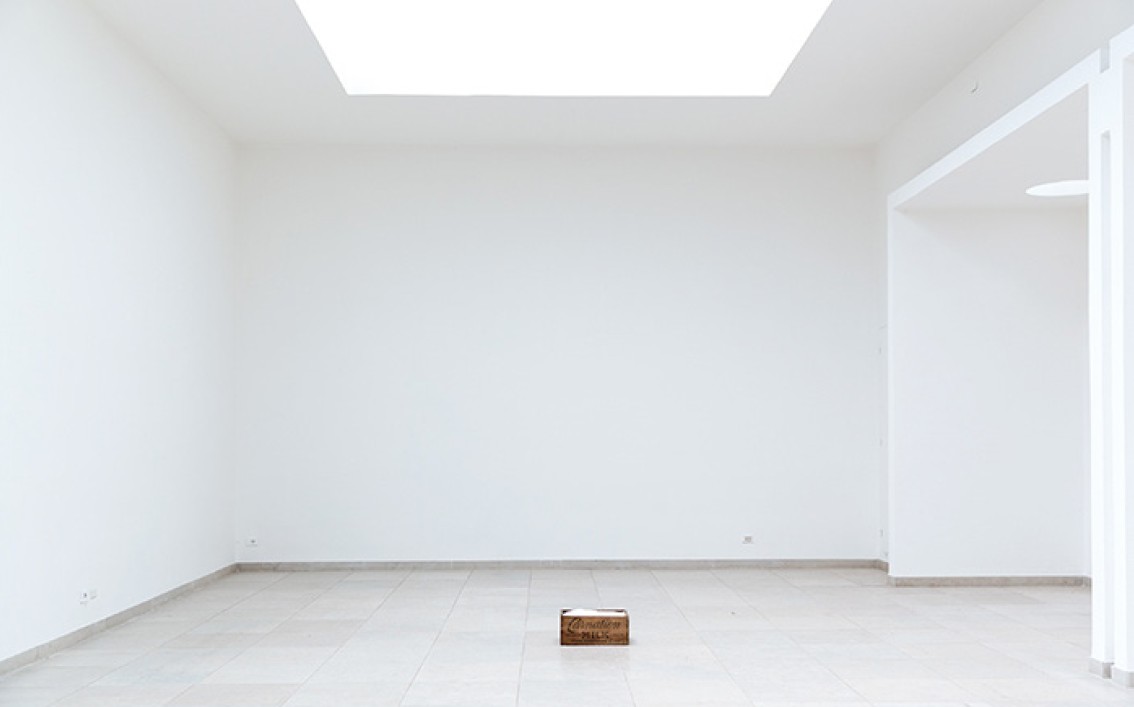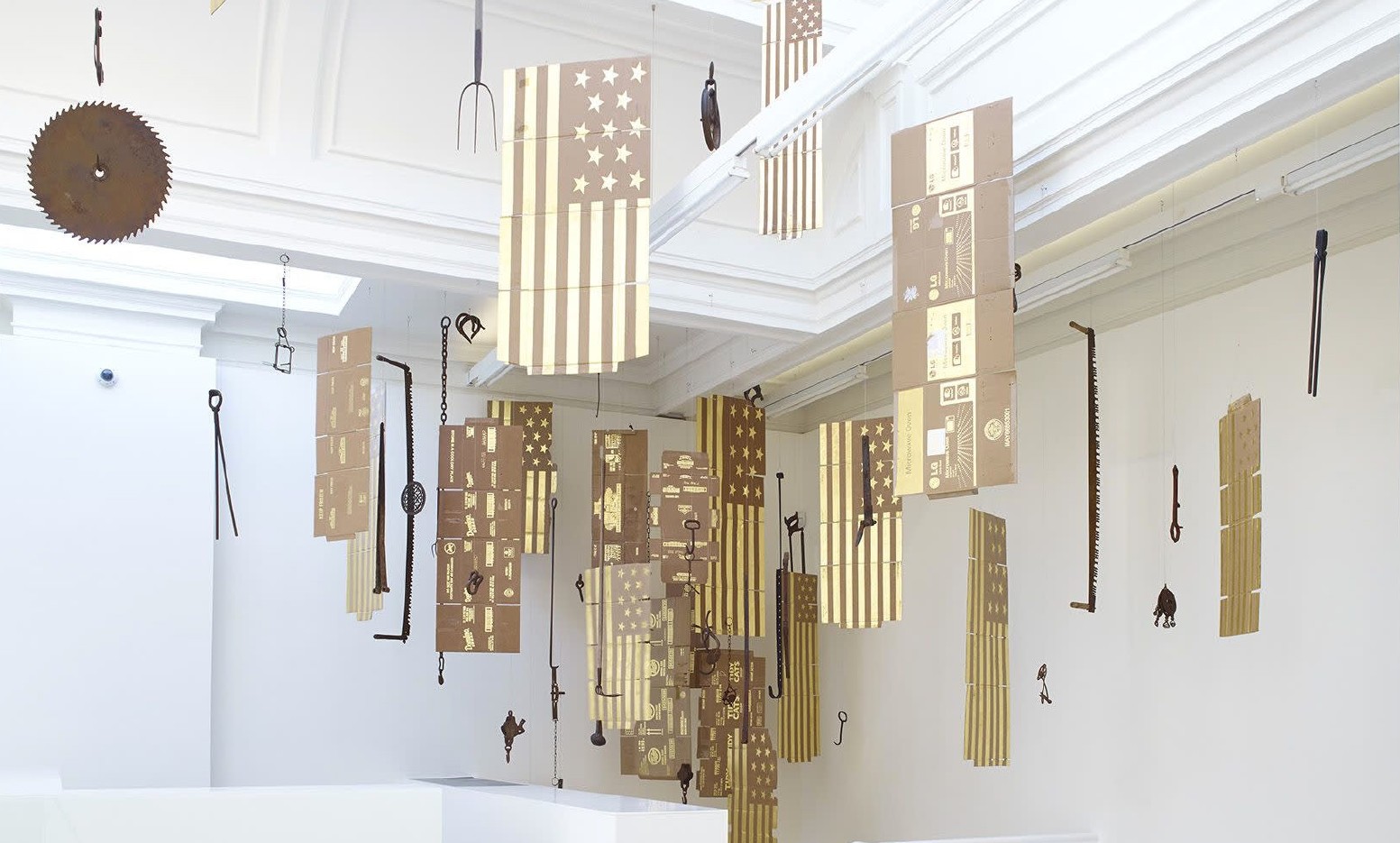'Things that came to light' by Gary-Ross Pastrana
Pictorial collages and piecing together artistic production during a pandemic
Things That Came to Light is a new solo exhibition by Gary-Ross Pastrana. This marks the eighth individual presentation by the artist with SILVERLENS. His previous shows include: New Collages (2008), Indivisibilis (2009), On (or before) Photography/ The Silver + Gelatin Works (2013), 99% (2014), The Untamed Wall (2016), Utopia Hasn’t Failed Me Yet (2018), some recent (& disrupted) projects (2020). For his latest show, Pastrana extends his exercise in improvisation as he manifests his imagination within the pictorial space of these collages. The text below was written by Cocoy Lumbao to accompany the exhibition.
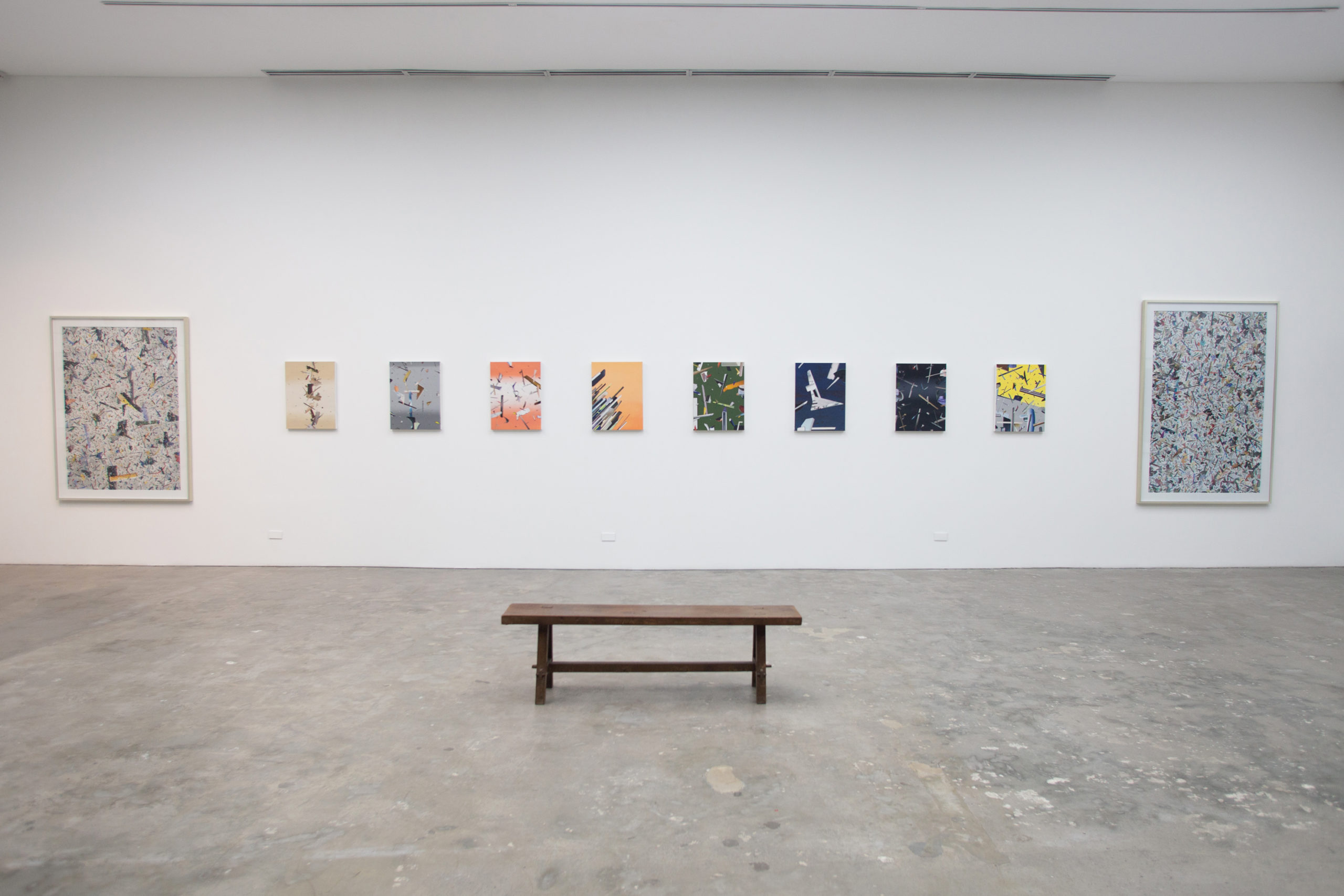
Installation view, Things that came to light.
Image courtesy of SILVERLENS.
There are rare occasions when it seems necessary to ascribe artists with personas to make light of their deviations from a usual form. This is one such occasion: where Gary-Ross Pastrana, the conceptualist, is also Gary-Ross Pastrana, the collagist.
For almost two decades now, Gary-Ross Pastrana has managed this unlikely co-existence between his works of objects and his works on paper. And in that span, it could be said that the more they have progressed distinctly from one another, the more they have also come to complement each other.
In 2003, Pastrana held his first ever collage show in an independent art space in Quezon City. These were small works on paper—on index cards, which had steadily accumulated since his time as a student. Most of them were part of his own personal regimen and processes, and were for his own use and amusement. Since then, Pastrana has shown his collages in more than twenty different shows, in varying sizes and formats, both here and abroad, which include solo exhibitions that regularly appear in-between projects that were more conceptual in nature.
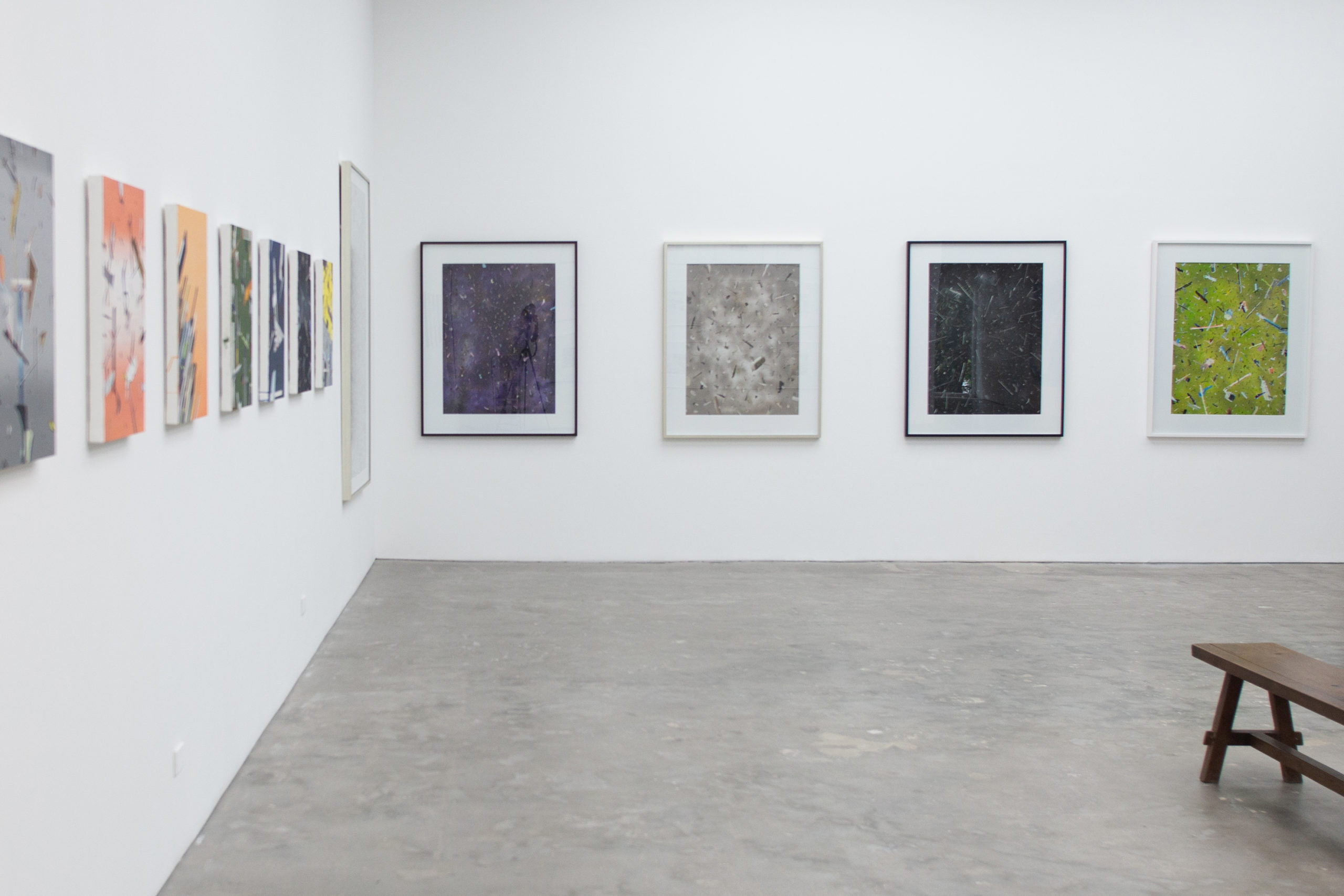
Installation view, Things that came to light.
Image courtesy of SILVERLENS.
For almost two decades now,
Gary-Ross Pastrana has managed
this unlikely co-existence between
his works of objects and
his works on paper.
Moving forward to the present year, marked by the pandemic and localized lockdowns, Pastrana had found himself working in another art space–this time, in isolation, inside a studio in Calle Wright, Malate, while the rest of the world’s art programs and exhibitions have seemingly come to a halt. This compelled him to confront more intensively the material left at his disposal—his usual respite from more conceptual work—his paper cuttings, his collages. They became for him, during confinement, the moment’s medium. And it was in this moment, where the proclivity for making collage also required careful introspection and consideration.
“To understand the consistency, the regularity in returning back to collage, for me is to also understand its ‘generative’ nature, where collage seems to propagate its own narrative, and consequently, demand its own series of frames,” explains Pastrana. This pre-supposes the path to his collage, its own track, so to speak, its own ‘series of frames.’ It is in the heart of the artist’s process where such form could potentially lead to a life of its own, generating its own set of objectives and processes, its own stages of problems and resolutions. Like in certain series of collages where he would set certain parameters: to only fill-out the margins, to exclusively use triangular shaped cut-outs, or to totally eradicate the background. Such self-determined quandaries fuel the collage-motor and motivate its parallel existence to the quandaries and self-reflexivity of Pastrana’s more conceptual works. Such strategies make an artist like Pastrana inevitably continue.
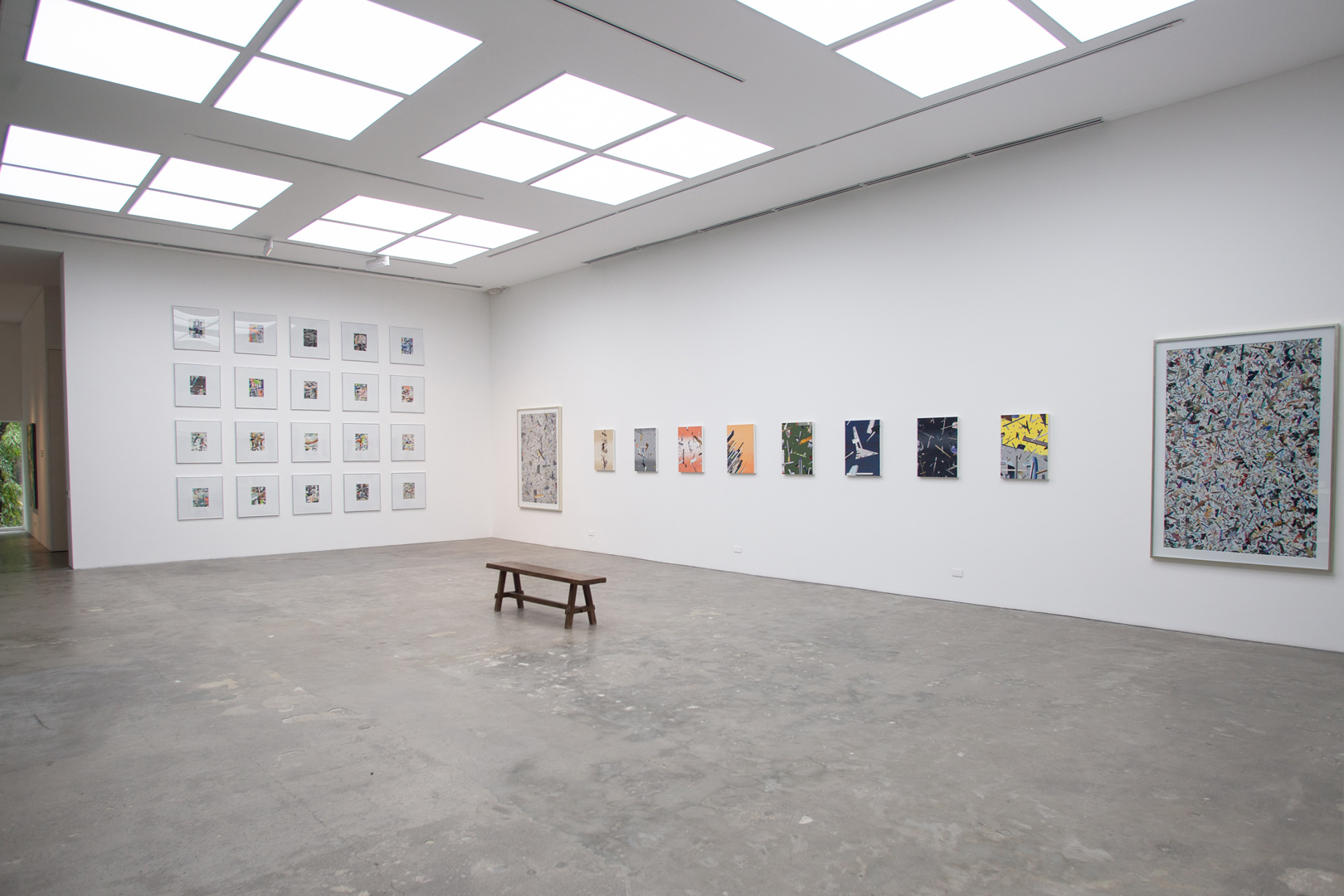
Installation view, Things that came to light.
Image courtesy of SILVERLENS.
“To understand the consistency,
the regularity in returning back to collage,
for me is to also understand its ‘generative’ nature,
where collage seems to propagate its own narrative,
and consequently, demand its own series of frames,”
explains Pastrana.
But an unwavering, yet intermittent operation of such enterprise certainly demands the artist’s attention and reflection. And this fruition—of almost twenty years of collage-making—becomes an occasion to confront certain questions about certain things, such as its viability, sustainability, or a final impetus:
“There is also a question on how to proceed, since the decidedly linear progressions in my collage practice could sometimes lead to strange detours. But on the other hand, it also allows me the space for unencumbered work, relying heavily on process for direction, to hopefully demonstrate adherence to parameters that I’ve set out for myself, where the focus was neither on beauty nor spectacle, but on fidelity towards a certain concept…”
This reveals Pastrana’s complex relationship with the conditions of collage: mechanical, yet liberating through its limitations; also, blatantly two-dimensional in its routine—yet indubitably rooted in puzzling concepts. This also explains his unvarying commitment in trying to understand collage’s own significance within the local context. In organizing and curating several group shows with different artists across different generations who resort to the form with such regularity, Pastrana apparently tries to ask through this collective—what is it about collage that makes it seemingly indispensable as an art form?
Witnessing an artist’s journey through a specific aberration in form, such as Gary-Ross Pastrana’s own excursions with collage, gives us incredible insight on the nuances in sustaining and collapsing artistic endeavors, and provides great retrospective on how these pieces have eventually come together to define the artist’s vision.

Installation view, Things that came to light.
Image courtesy of SILVERLENS.
About the artist
Gary-Ross Pastrana’s art has been one of the most persistent in terms of combining concepts with objects. His conceptual pieces, although loaded with poetic intensity, remain unobtrusively subtle and even almost quaint in their appearance. Coiled photographs, woven tales from found pictures in the internet, sawed off parts of a boat shipped to another country, his shirt tied into a pole to commensurate a flag, these are the slightest of turns Pastrana has his objects make to create a new text within.
Pastrana received his Bachelor’s degree in Painting from the University of the Philippines, where he was awarded the Dominador Castañeda Award for Best Thesis. He has gained considerable experience and exposure within the region, with residencies in Bandung, Kyoto, Bangkok and Singapore. In 2006, Pastrana received the Cultural Center of the Philippines’ Thirteen Artists Award.
Since then, he has shown at the Singapore Art Museum, Metropolitan Museum of the Philippines, the Jorge B. Vargas Museum and was part of the 2019 The Art Encounters Biennial in Romania, 2019 Singapore Biennale, 2012 New Museum Triennale in New York, 2010 Aichi Triennale, and 2008 Busan Biennale. In 2004, he co-founded Future Prospects art space. In addition to his artistic career, Pastrana curates and organizes exhibitions in Manila and abroad.
Exhibitions include Every Step in the Right Direction, Singapore Biennale, Singapore (2019); Art Encounters Biennial, Romania (2019); An Opera for Animals, Para Site, Hong Kong (2019), Rockbund Art Museum, Shanghai (2019); Utopia Hasn’t Failed Me Yet, Silverlens, Manila (2018, solo); The Extra, Extra Ordinary, Museum of Contemporary Art and Design, Manila (2018); The Other Face of the Moon, Asia Culture Center, Gwangju (2017); _*Clock, Map, Knife, Mirror*_, ROH Projects, Jakarta, (2016, solo); Summa, Jorge B. Vargas Museum, Manila (2014, solo).

